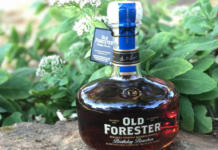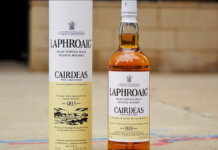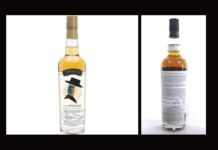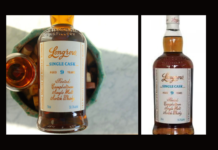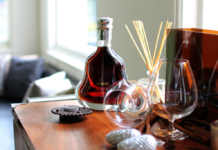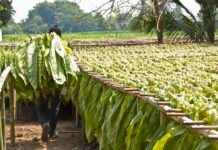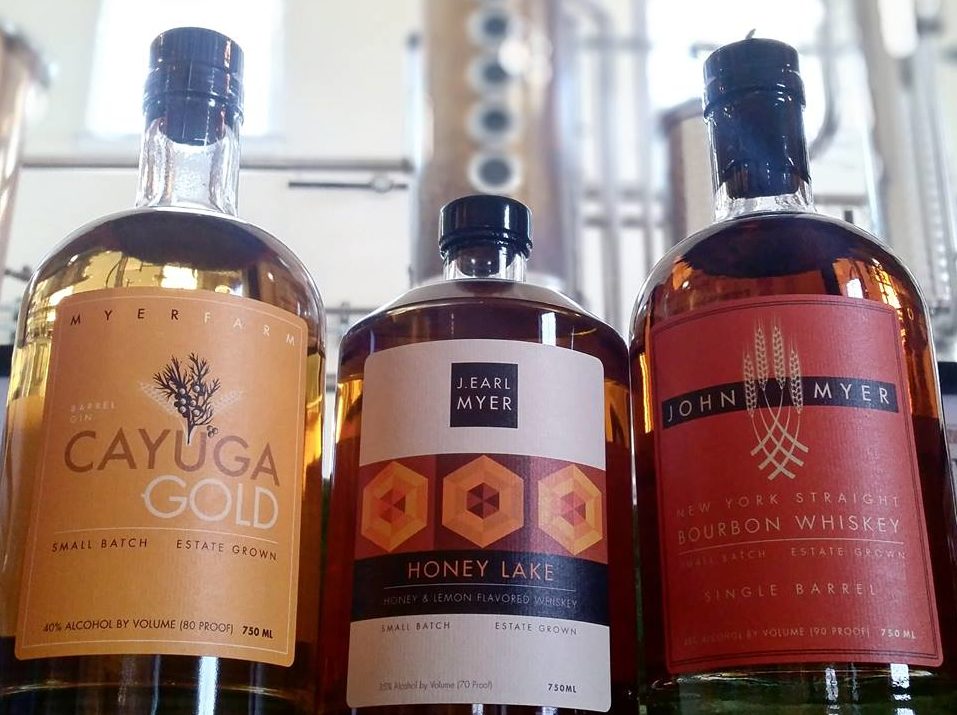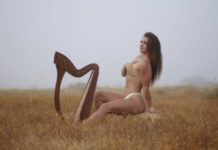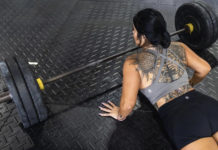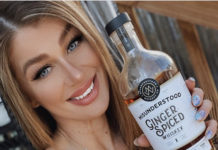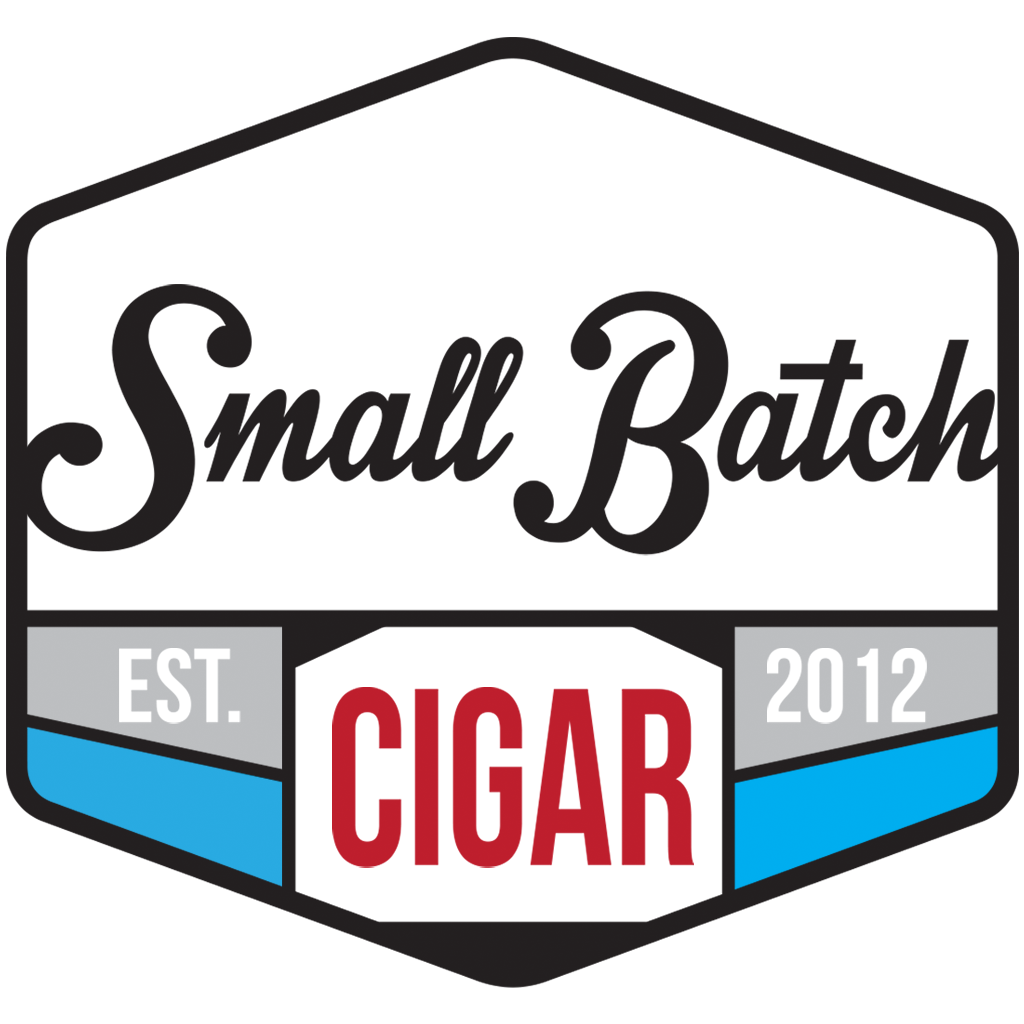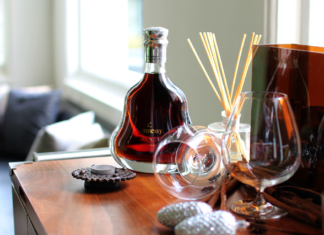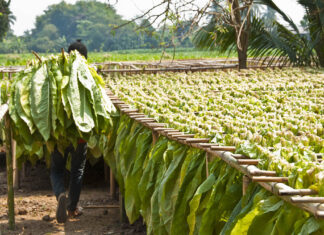Myer Farm Distillers is nestled in the heart of the Finger Lakes Region of New York State, amid the thriving wineries of the Cayuga Wine Trail. As a New York State Farm Distillery, they use International Certification Services certified organic grain from our own Myer Farm—one of the largest and oldest currently operating organic farms in the Northeast United States—to craft distill a range of spirits. At Myer Farm Distillers, they both plant the seed and produce the spirit.
We had the great pleasure to speak to the President and Master Distiller Joe Myer, and get his take on the whiskey market, harvesting, cultivation and just the overall love for whiskey.
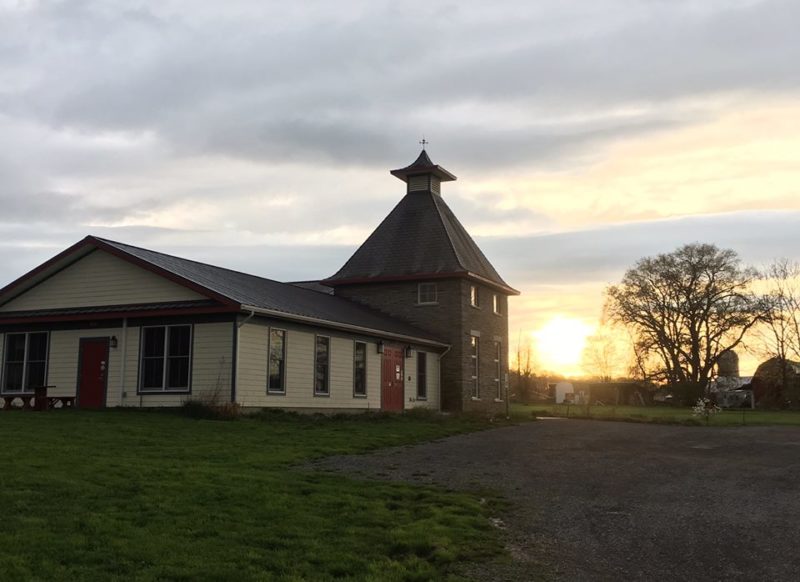 Joe, tell us a bit about yourself. How did you find yourself in the world of whiskey?
Joe, tell us a bit about yourself. How did you find yourself in the world of whiskey?
JM: I was a child musician and a fifth-generation farm boy; so, as I was growing up, I developed dual callings. I graduated with a bachelor’s degree in music performance (in violin and piano) but I missed the cows so much (my dad sold them when I was 13) that after school, I went to work on a local dairy farm and eventually developed a small Holstein brood cow and stud bull business. The drive to make art did not subside though and I ended up developing my fine art skills, showing and selling drawings and paintings, and got a master’s degree in poetry. I had been enjoying various bourbons since I was only 13, but I never imagined at that age that one day I’d end up making bourbon!
Please tell me how the distillery came about?
JM: I had been working at a local university as an administrative assistant while working on a novel but I had my eye on getting back to the farm in some way. My oldest brother John, who had taken over the farm from our dad years back and who is always finding new ways to get the fruits of his labor more directly to people, approached me about options for a mutual farming project. Given we live on a recognized “wine trail” in the Finger Lakes, starting a vineyard and winery seemed like an obvious option except I couldn’t envision it. My brother and I kept the door open for a mutual project while we let the possibilities percolate over a few months. What a surprise we had for each other when we got together one day and discovered that independently of each other, we each had attended different craft distilling conferences!
I had attended one that Cornell University’s Cooperative Extension puts on every year. By the end of the conference, I was scared and excited to the core because I knew that this is what I was to be doing. I could envision this, right down to the building, to the bottles, to the booze, despite understanding the challenges of building something from scratch. It helped that my brother wanted to do this too and believed that we could do it. Having about 35-years’ experience as a successful organic farmer, my brother John had capital, business guidance, and farming expertise to bring to the project while I contributed the vision, the labor, and a perfectionist’s passion for technique and execution.
John and I developed our business entities in 2010 and started construction of a production and tasting facility in 2011; we started producing in June of 2012 and opened our tasting room for business in the fall of 2012.
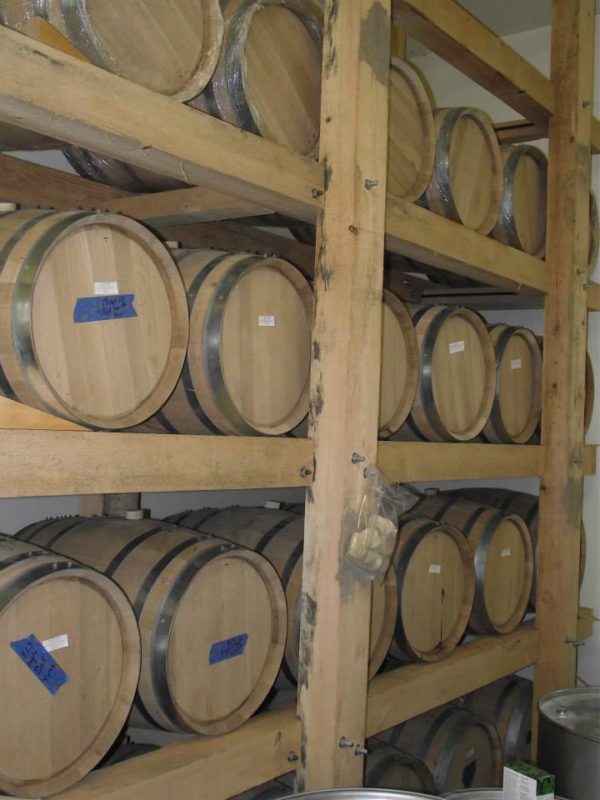 What challenges (if any) did you come across when first starting out?
What challenges (if any) did you come across when first starting out?
JM: When we started out, we were fortunate that trailblazers such as Brian McKenzie (Finger Lakes Distilling) and Ralph Erenzo (Tuthilltown Spirits), among others, worked with legislators in New York State to make distilling a viable opportunity. Other than the general challenges of starting a production business—figuring out a scale or size within means, accruing the necessary equipment, and learning the craft—I suppose the greatest business challenge was managing cash flow; the greatest operational challenge was engineering our cooling system. Figuring out how best to grow and expand—with all that it encompasses—has always been an ongoing challenge.
What advice can you give to others looking to get into this business?
JM: Have as much available capital on hand as well as access to loans and funds. If you don’t have investors, then plan accordingly. Cash flow will be tight, especially if one is primarily focusing on aged products or will have employees.
Enjoy long hours of work, hard labor, cleaning things, fixing things, problem-solving, and paperwork, or be prepared to hire folks that do. Attention to detail and a passion for producing things in general are helpful attributes to have.
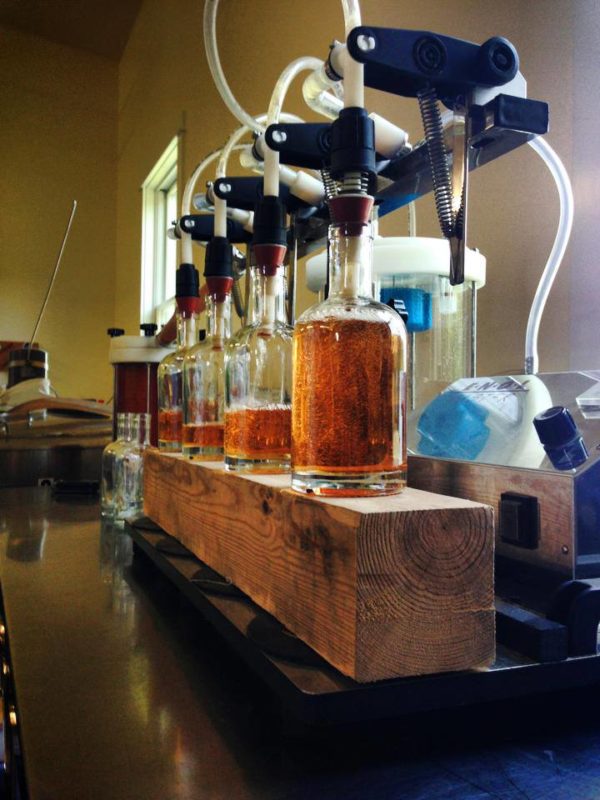 What exactly does your job entail?
What exactly does your job entail?
JM: As president and head distiller of our small distillery, I manage all aspects of the business and operations. On the business side, these include budget and planning, expense and income projections, keeping the books, paying bills as well as hiring, scheduling, and managing staff. On the operations side, these include planning and scheduling production for the year; product development and creation (from mash bills to distillation and spirit cuts or quality control thereof, to aging, infusion, and execution of final product); proofing, weighing, and tracking spirits and filing operations reports and tax reports; county and state compliance (daily, monthly, and quarterly water testing and reports, operating permits, insurance and employee requirements); monthly and year-end inventories; receiving, processing, packing, and distributing orders; label development and submissions for approval; and lectures and public engagement.
Fortunately, success necessitates a good team. Besides my business partner and brother John, with whom I make important business and operations decisions, I have a solid assistant distiller, Mark Thomas, whose mashing, brewing, and basic distilling I now mostly just supervise. The use of his talents as an engineer, plumber, carpenter, and electrician are vital and relieve me of much more work that I’d otherwise have to do. Similarly, our PR manager, Darlene Zaharis, and our Tasting Room Manager, Nikki Reese, both have taken on more responsibilities with marketing, sales, and outreach, as well as inventory and tracking, so I’m learning to delegate more of that type of work.
What whiskey expressions do you currently produce:
JM: We produce four fairly traditional types of whiskeys that are unique in composition and how they are produced: bourbon, rye, wheat, and a four-grain, all now available as straight single barrel whiskeys. We also have three flavored whiskeys: a ginger-rye, cinnamon-wheat, and a honey-lemon straight four grain whiskey, all made from natural ingredients. We use local organic ginger root in the flavored rye and local raw honey in the honey & lemon whiskey.
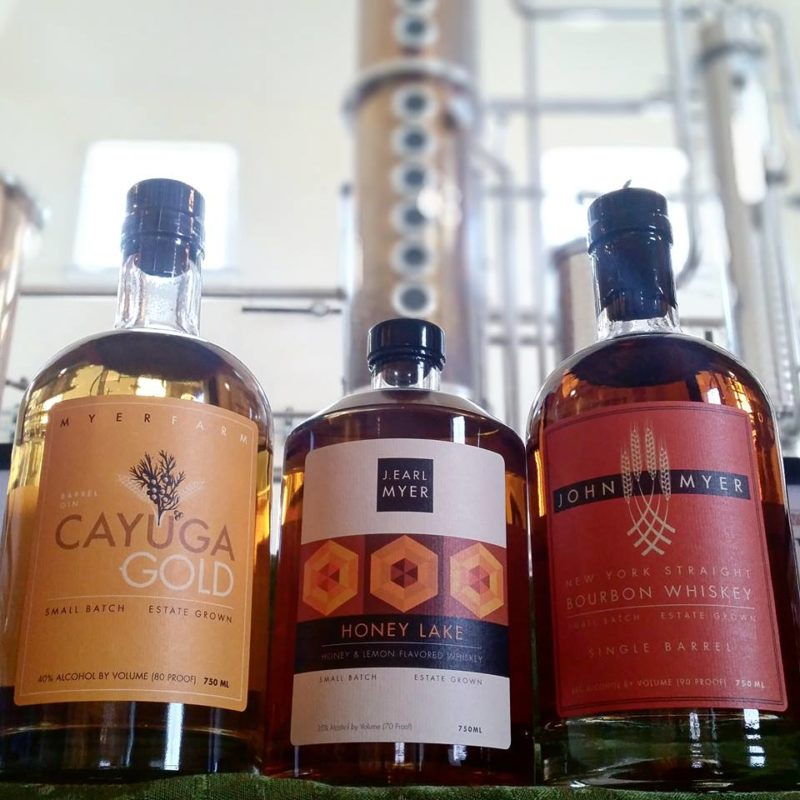 Where do you think the most flavor control can occur? Grain? Yeast? Water? Wood?
Where do you think the most flavor control can occur? Grain? Yeast? Water? Wood?
JM: I’d say that grain is going to make the most difference with regard to flavor and it’s the most manipulatable. But each of these factors can affect flavor considerably on their own. For example, if you make a mixed grain mash of say four grains and increase just one grain a few percentage points as part of the composition, you’ll notice the difference. Similarly, you can make two mashes under the same conditions and composition and vary only the yeast and you’ll notice the difference. What I think ultimately is the most important in flavor control are the processes in production, such as mashing, distilling, cutting, and aging—how these are managed, controlled, and executed.
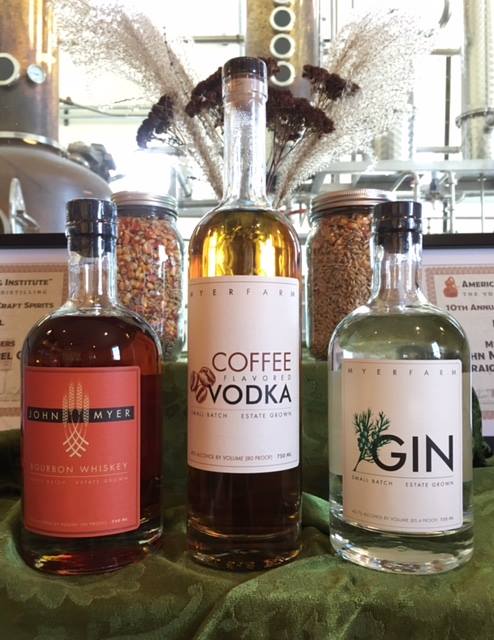 Do you think that your product is distinctive? If so, what makes it distinctive from other whiskies on the market?
Do you think that your product is distinctive? If so, what makes it distinctive from other whiskies on the market?
JM: We’ve been fortunate to have won several medals from national craft spirits competitions (American Distilling Institute [ADI] and the American Craft Spirits Association’s [ACSA] annual competitions), so that speaks to some degree of distinctive quality. Just this weekend our straight bourbon, our aged gin, and our honey-lemon infused whiskey all won bronze medals from ACSA’s 2017 competition. We’ve also received good scores and lovely reviews from many reviewers (including Whisky Advocate, from whom our John Myer New York Straight Bourbon-Single Barrel received 86 points, which is competitive in their system).
While I appreciate tradition, I aim to bridge tradition with innovation. We start with certified organic grain grown right on our land that our family has cultivated for 150 years. The various compositions of those grains and how they are mashed, fermented, distilled and aged then contribute to a distinctive final flavor. For example, we use barley grain (unmalted) in our bourbon at a higher proportion than most bourbons, providing a bit more cereal note to the flavor profile; and, the varietals of the corn, wheat, rye, and barley that John grows offer grain flavors that are a bit more special than what most commercial grains offer. With two of our flavored whiskeys, I infuse the spirit prior to aging, so that the added botanicals (such as cinnamon and ginger) configure with the distilled spirit during the aging process, yielding more integrated, interesting, and beautiful flavors that couldn’t be possible with a typical post-aging infusion.
Is there a flavor profile that you aim to achieve when distilling? Do you select casks to achieve this flavor profile?
JM: Sure. Each spirit has a unique flavor profile that we consistently reproduce by attending to details all the way through the process, from composition and mashing to distillation and aging, with general attributes of being smooth and rich a final goal. I do select casks specifically for our single barrel releases, given the subtle variations among casks..
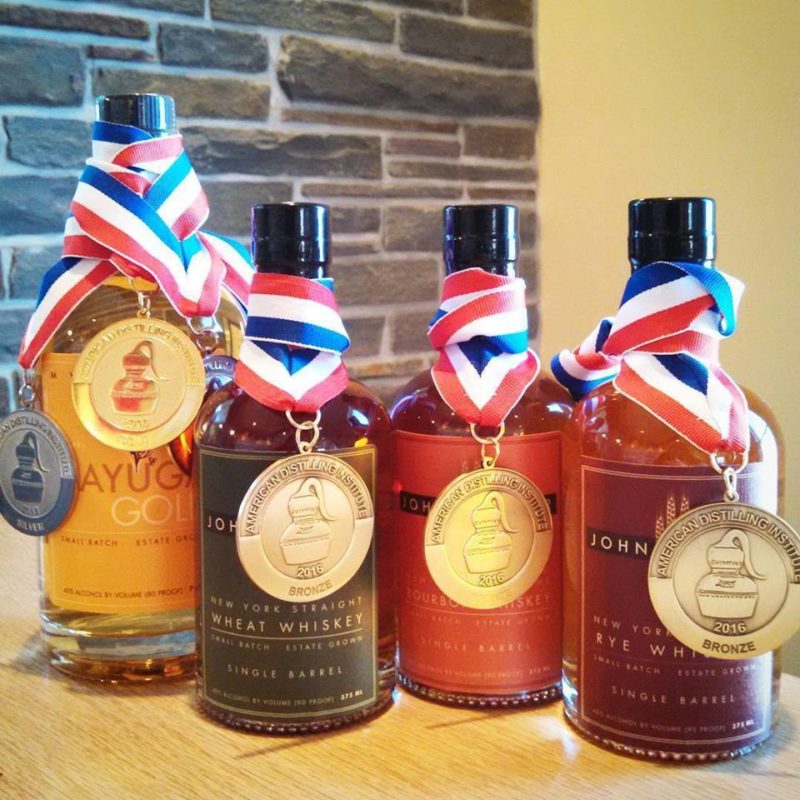 Craft distilling has become incredibly huge – as there’s still no official definition, how would you define “craft” and do you think Myer Farm Distillers fits into this category? Why?
Craft distilling has become incredibly huge – as there’s still no official definition, how would you define “craft” and do you think Myer Farm Distillers fits into this category? Why?
JM: Dr. Brent McKenzie of the University of Guelph in Ontario was in our region a year or so ago collecting data from craft distillers regarding conceptions of “craft” given its illusiveness, if not widely divergent meanings or uses; I think we all look forward to whatever he ends up writing or publishing on this, but I’ll give it a go.
In one sense of the word’s meaning, “craft” does refer to size. The American Craft Spirits Association, of which we are a member, requires in part that voting members must annually remove fewer than 750,000 proof gallons from bond. We currently remove an amount in the tenths of a percent of that volume. Similarly, a New York State farm distillery license holder, which we are, must use at least 75% of alcohol-producing materials per bottle from New York State, and farm distilleries are (to both consumers and distillers) synonymously craft distilleries. Thus, in those two respects, we’re a craft distillery.
In another sense, from both a consumer’s and a producer’s perspective, “craft” refers to more manual production. The closer involved a real person of a distillery is to moving materials, to handling and gauging the product in various stages, as well as to finishing a final product for bottling, the more I think that distillery is considered a craft distillery. I have my hands in everything from inspecting and moving grain, brewing, fermenting, running the still, making cuts by smell and taste, emptying stillage, weighing and proofing spirits, aging, infusing and blending and cutting spirits to bottle. With my assistant distiller and part-time bottling help, we’re essentially a two-person production team, which is not uncommon in the craft distilling community.
No doubt there are brewers and distillers within big-name distilleries that attend to their areas of responsibility with the care and personal touch of a craftsperson, but I think the public perception of such a facility is less likely to consider it a craft operation given both the scale and technology involved.
Do you have any role models in this industry?
JM: One of the first models I had was Harvest Spirits (of the Hudson Valley) and their Core vodka products. Not only were they producing (and still are) high quality and diverse vodkas, but also their branding was powerful. In terms of whiskeys, I admired many of those accessible from craft distilleries for their quality and wide range of flavor profiles. In particular, Corsair was influential for showing just how far one could successfully expand one’s conceptions of whiskey type.
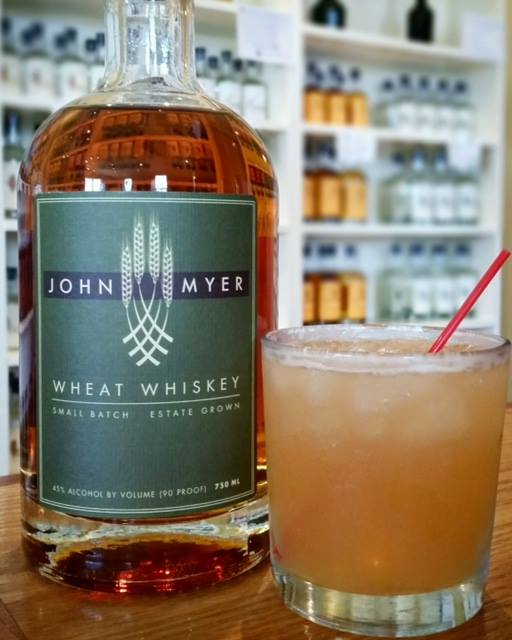 How do you expand your whiskey nationally? Any plans to do so?
How do you expand your whiskey nationally? Any plans to do so?
JM: We don’t have any outside investors so we’re growing and expanding gradually. Outside of New York, we’re currently available in PA and DC, but are working on securing a distributor for a few more states, as our growth allows.
Do you believe now is the most exciting time for a whiskey lover?
JM: I sure do! Although many craft distilleries like us are still too small to have much readily available outside our respective regions or states, there are numerous new whiskeys available to the consumer and so many options in terms of mash bills and flavor profiles. I prefer my whiskeys straight and neat, but with the huge growth in the cocktail industry—thanks in large part to our creative partners in bars and restaurants who prize fine drinks—it’s an exciting time also for those who appreciate whiskeys in their play with other fine mixers.
Anything else you’d like to share with our readers?
JM: We appreciate the support and enthusiasm of Taste the Dram readers and whiskey lovers everywhere. Taste everything you can, even from obscure distilleries, as this is the time to find exactly what excites your palate.
Please also check us out on FB at www.FaceBook.com/MyerFarmDistillers and www.myerfarmdistillers.com. And don’t forget to plan a trip to visit us in the beautiful Finger Lakes region of New York State. We’re open seven days a week, except Thanksgiving, Christmas, and New Year’s Day.





